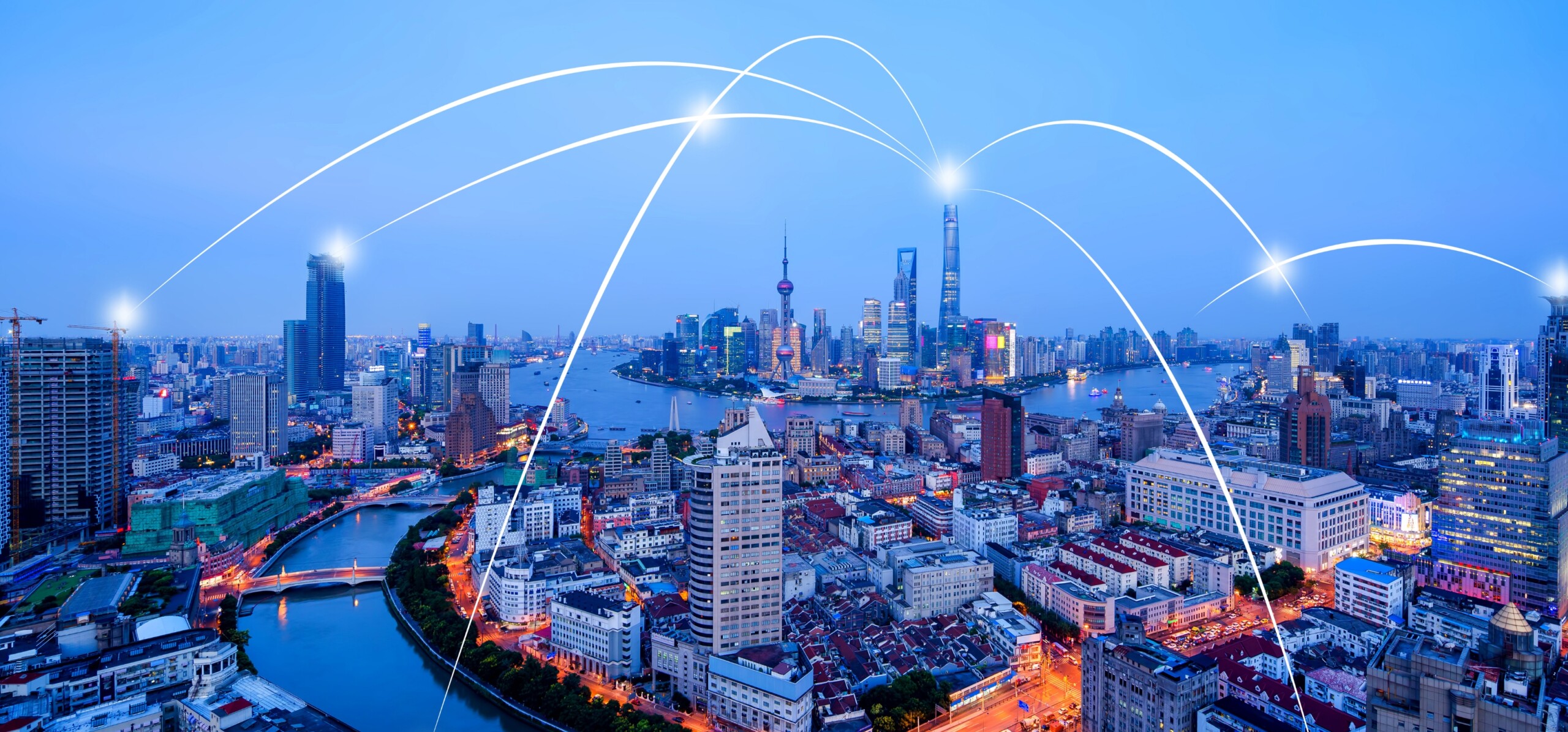
Air pollution remains one of the most pressing environmental challenges of our time, affecting millions worldwide. As cities expand and industrial activities increase, monitoring air quality becomes crucial for public health and environmental sustainability. Although traditional air quality monitoring systems are effective, they often struggle with limitations such as high operational costs, limited data coverage, and delayed reporting. Fortunately, Artificial Intelligence (AI) is emerging as a game-changing technology, revolutionizing air quality monitoring by making it more precise, predictive, and accessible than ever before.
One standout example of this transformation is Pollen Sense, an AI-powered system that automatically detects and classifies airborne biological particles like pollen and mold spores in real time. Technologies like Pollen Sense are setting a new standard for air quality monitoring, offering faster, more detailed insights that empower individuals, healthcare providers, and communities to make proactive health and environmental decisions.
The Role of Artificial Intelligence in Air Quality Monitoring
Artificial intelligence is transforming air quality monitoring through advanced data analysis, machine learning algorithms, and predictive modeling. These technologies enable real-time insights, early warnings of pollution spikes, and more efficient regulatory measures. Unlike traditional monitoring systems, which rely on fixed stations that provide data at scheduled intervals, AI-powered systems leverage vast networks of IoT (Internet of Things) sensors that continuously collect data in real-time. As a result, this provides a more comprehensive and immediate understanding of air quality trends.
One of AI’s most valuable capabilities is predictive modeling. By analyzing historical data alongside current environmental conditions, AI models can forecast pollution levels with remarkable accuracy. These predictions help scientists and policymakers anticipate air pollution trends before they occur. Additionally, AI identifies patterns and correlations that might otherwise be overlooked, predicts pollution hotspots, and enables cities to take preventive measures to mitigate poor air quality. With early warnings in place, individuals with respiratory conditions can plan their activities accordingly, thereby reducing exposure to harmful pollutants.
Beyond monitoring and prediction, AI also assists governments and organizations in implementing more effective pollution control strategies. Deep-learning models help authorities make data-driven decisions, optimizing traffic flow and reducing vehicle emissions. Furthermore, AI-driven insights support the design of better industrial zoning policies based on air quality impact assessments. Many smart city initiatives are now incorporating AI to dynamically adjust environmental regulations in response to fluctuating pollution levels, improving urban air quality in the process.


How Pollen Sense Utilizes Artificial Intelligence
An excellent example of AI-driven innovation in air quality monitoring is Pollen Sense. This advanced system uses artificial intelligence to automatically identify and count airborne biological particles, such as pollen and mold spores, in real time. Traditionally, collecting this type of data required manual sampling and microscopic analysis, a process that could take hours or even days to complete. Pollen Sense revolutionizes this by deploying smart sensors equipped with AI models that instantly analyze and classify airborne particulates with remarkable precision.
Using a combination of machine learning algorithms and high-resolution imaging, Pollen Sense can differentiate between various types of pollen and allergens, providing detailed, localized data every few minutes. The system continuously trains and improves its recognition capabilities, adapting to seasonal changes and regional differences in pollen species. By offering real-time allergen information, Pollen Sense empowers individuals with allergies or respiratory sensitivities to take proactive measures to protect their health. Furthermore, healthcare providers and environmental agencies can use this data to better understand allergen trends and prepare for seasonal health impacts, ultimately contributing to improved public health management.
The Impact of AI-Driven Air Quality Monitoring
The integration of artificial intelligence into air quality monitoring has led to significant advancements in environmental protection and public health. By providing individuals with real-time air quality data, AI enables people to make informed decisions. Mobile applications and smart devices now offer instant updates, allowing users to take precautions against exposure to harmful pollutants. Moreover, AI helps track and manage respiratory illnesses such as asthma and COPD, offering early warnings when air quality deteriorates to dangerous levels. Healthcare providers also rely on AI-driven data to prepare for pollution-related health emergencies, ensuring better patient care and resource allocation.
Another major benefit of AI-driven air quality monitoring is cost efficiency. Traditional monitoring infrastructure is expensive and requires substantial maintenance. By contrast, AI-driven systems utilize cost-effective sensors and cloud-based analytics, making air quality monitoring more accessible to communities worldwide. Additionally, AI reduces the need for costly human intervention in data analysis, as it automates and efficiently processes large datasets. Smaller, AI-powered sensors now provide accurate data at a fraction of the cost, while open-source AI models allow developing nations to affordably monitor air quality.
Furthermore, AI-powered air quality monitoring raises awareness about pollution and its impact, encouraging more people to take action. AI-driven insights support environmental activism and policy advocacy, equipping communities and organizations with the tools to push for stricter regulations and sustainable practices. Businesses are also leveraging AI-generated data to adopt greener policies, reducing emissions and improving their environmental responsibility. Additionally, smart homes and workplaces are integrating AI-based air purification systems, ensuring cleaner indoor environments for occupants.

The Future of Artificial Intelligence in Air Quality Monitoring
As AI technology continues to evolve, its role in air quality monitoring will only expand. Future advancements may include integration with 5G networks, which would allow for faster data transmission and enhanced real-time monitoring. Additionally, improved AI algorithms will offer more precise predictions through enhanced deep-learning techniques. Autonomous drones powered by AI could be deployed to monitor remote and urban areas, providing comprehensive air quality assessments. Moreover, AI-driven policy-making will enable governments to develop more effective environmental regulations based on real-time data and predictive insights, ultimately leading to cleaner air and healthier communities.
Conclusion
Artificial intelligence is revolutionizing air quality monitoring by making data collection, analysis, and forecasting more accurate, cost-effective, and accessible. Systems like Pollen Sense demonstrate how AI can deliver real-time, detailed air quality data that was previously unimaginable, helping individuals manage allergies, respiratory health, and exposure to pollutants more effectively.
As AI technology continues to advance, its impact on environmental monitoring will only become more profound. By embracing AI-driven innovations like Pollen Sense, we can create a future where clean air is not just a goal, but a reality — improving public health and ensuring a sustainable planet for generations to come.









Get Social